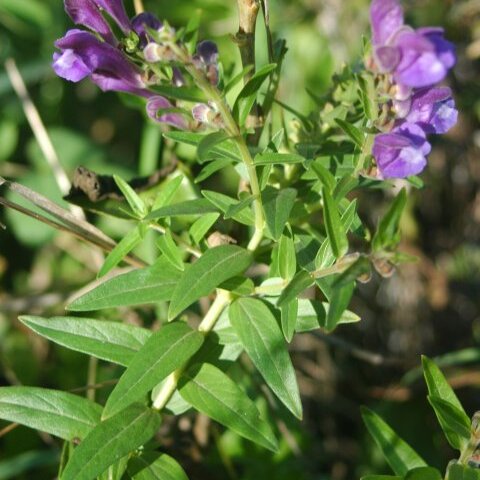| Therapeutic use
|
Antineoplastic agents (root), Antipyretics (root), Antiviral agents (root), Burns (root), Common cold (root), Dermatitis (root), Dysentery (root), Fever (root), Inflammation (root), Influenza, human (root), Jaundice (root), Pregnancy complications (root), Anodyne (unspecified), Astringent (unspecified), Bladder (unspecified), Cancer(Breast) (unspecified), Colic (unspecified), Debility (unspecified), Fever (unspecified), Flux (unspecified), Jaundice (unspecified), Purgative (unspecified), Sore (unspecified), Stimulant (unspecified), Uterus (unspecified), Amenorrhea (unspecified), Boil (unspecified), Carbuncle (unspecified), Diarrhea (unspecified), Respiratory (unspecified), Sedative (unspecified), Tonic (unspecified), Antihistamine (unspecified), Antiphlogistic (unspecified), Bactericide (unspecified), Cancer(Cervix) (unspecified), Cancer(Glands) (unspecified), Cancer(Pharynx) (unspecified), Cancer(Stomach) (unspecified), Cancer(Thyroid) (unspecified), Cancer (unspecified), Conjunctivitis (unspecified), Constipation (unspecified), Diuretic (unspecified), Dysentery (unspecified), Eczema (unspecified), Fetus (unspecified), Hypertension (unspecified), Leukemia (unspecified), Mastitis (unspecified), Medicine (unspecified), Nausea (unspecified), Restlessness (unspecified), Stomachic (unspecified), Trachoma (unspecified), Viricide (unspecified), Antiabortifacient (unspecified), Tera (unspecified), Cancer(Lymphatic) (unspecified), Cardiotonic (unspecified), Choleretic (unspecified), Cough (unspecified), Epistaxis (unspecified), Expectorant (unspecified), Febrifuge (unspecified), Flu (unspecified), Gonorrhea (unspecified), Hypoglycemia (unspecified), Cancer(Nose) (unspecified)
|

